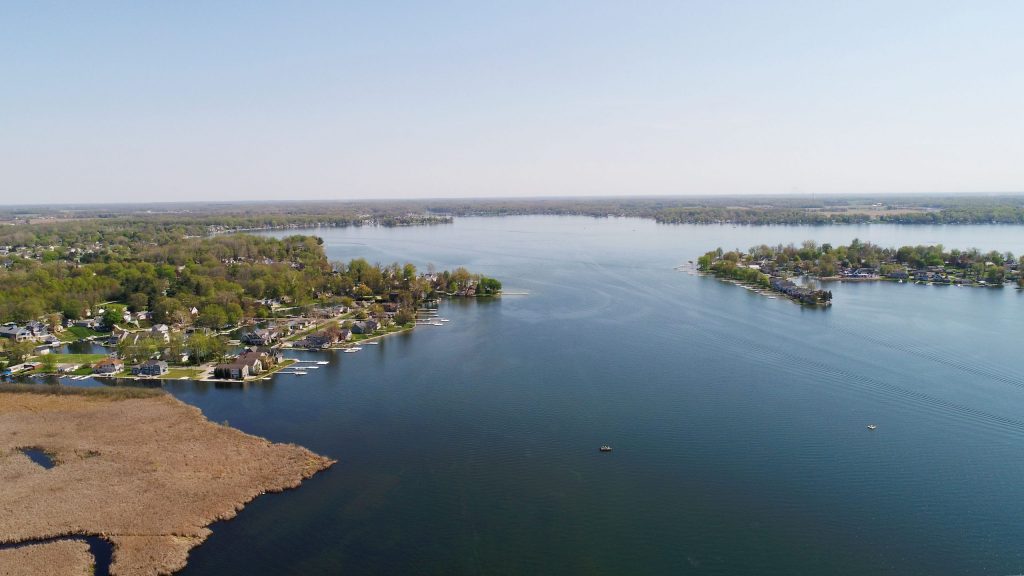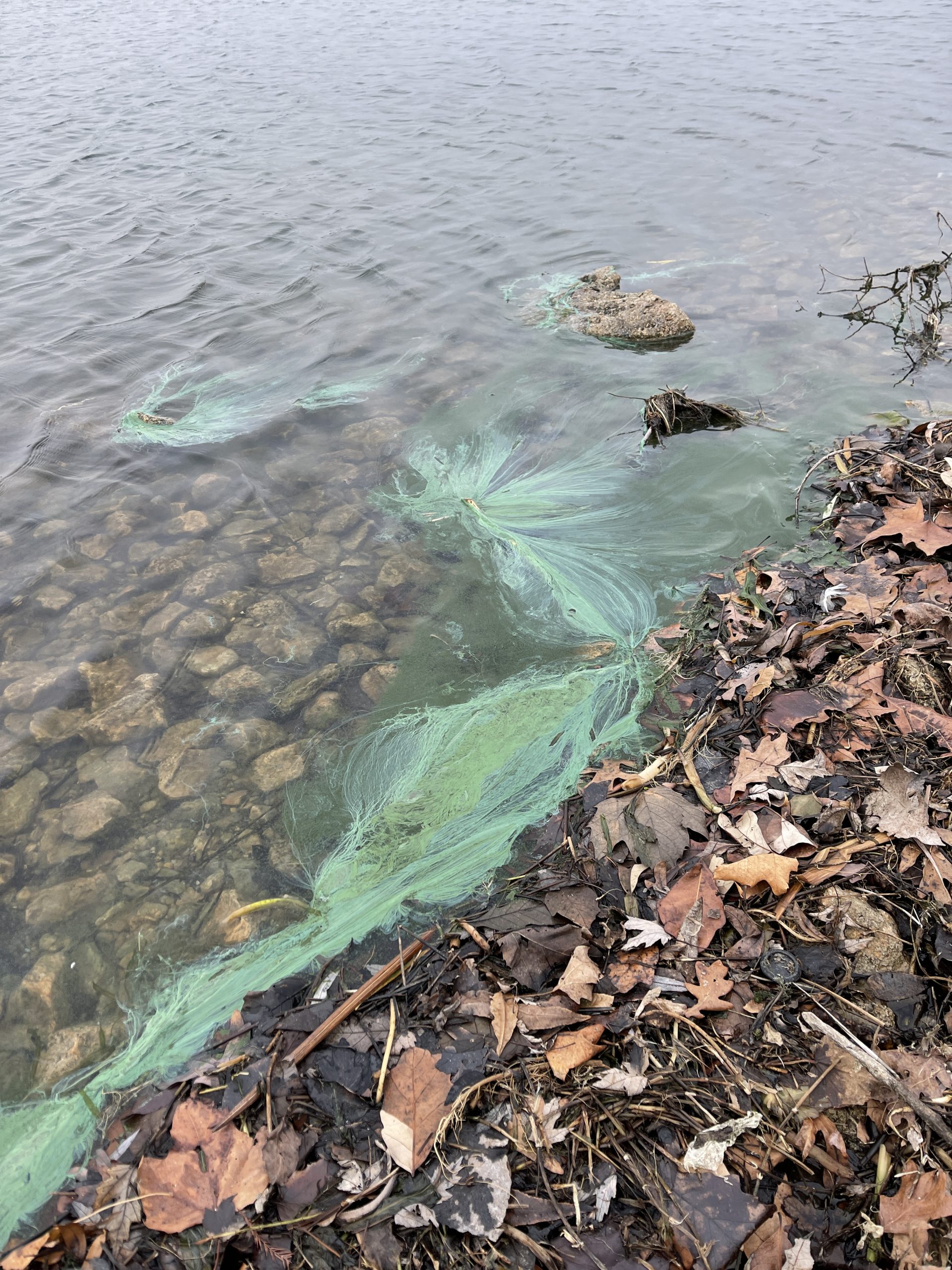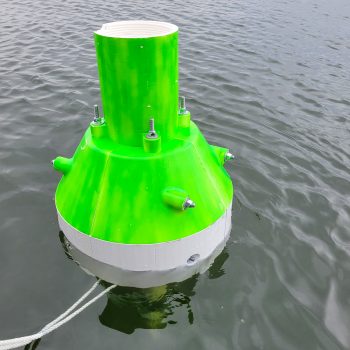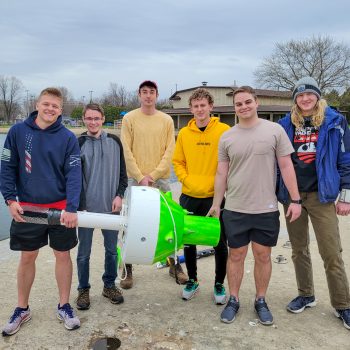Wawasee Lake Buoy
Oh, buoy!

Who made it?
How does it work?
We hope this doesn’t happen – and we rely on you to help us spread the word. If a boat hits the buoy, chances are either the buoy or sensor may be damaged. That will temporarily stop the continuous monitoring, leaving a gap in our data (and our hearts).
Not at all! The sensor is harmless to all aquatic life. It also isn’t interesting enough to nibble on – no bright colors and very little movement.
Unlike our stream sensors, the lake buoy data will be gathered and analyzed behind-the-scenes for now. That said, keep an eye out for the 2022 Beneath the Surface report in October! More information will be available in that publication.

Still curious?
While the research team will be the only ones to see the data from the buoy, we won’t be the only ones to see the microcystin levels this summer! Get signed up for our weekly microcystin updates today. You’ll receive an update every week from June-August.

